Tongue Tie – Guest Post by Orofacial Myologist Rochelle McPherson
TONGUE TIE
Most of us think of tongue-tie as a situation we find ourselves in when we trip over our words when speaking. Actually, tongue-tie is the non-medical term for a relatively common physical condition that limits the use of the tongue – Ankyloglossia. Before we are born, a strong cord of tissue, the “lingual frenum”, grows in the center of the mouth to guide the development of mouth structures. This is visible and easily felt if you look in the mirror under your tongue. Sometimes you will see the term frenulum instead of frenum however it is the same thing.
After birth the tip of the tongue continues to elongate, giving the impression that the frenum will “stretch” with age and growth. In reality the tongue just grows longer, beyond the frenum. A “tongue- tie” is where the frenum is abnormally short, restricting the movement of the tongue. This can stretch or even rupture after mild accidents however more often will continue to cause problems throughout life unless corrected.
The tongue is one of the most important muscles for speech and swallowing. For this reason having tongue-tie can lead to eating problems, speech impairment and breathing issues, which may be serious in some individuals. The tongue position is also important for jaw and facial growth in children.
You may ask, “When is a tongue-tie a problem that needs treatment”.
In babies and infants an abnormally short frenum can be a cause of breastfeeding problems, including sore and damaged nipples and inadequate feedings. A new baby with a tongue-tie can have trouble latching on, sucking and may have poor weight gain. The baby may also dribble excessively, experience reflux, vomiting, constipation or have trouble settling. These problems should be discussed with your pediatrician and your child evaluated for tongue-tie by an Orofacial Myologist.
Although it is often overlooked, tongue tie can be an underlying cause of feeding problems that not only affect a child’s health, but lead many mothers to abandon breast feeding altogether.

A tongue tie may cause multiple developmental problems developing at either a young or older age.
In older children, a tongue-tie can cause an inability to swallow normally, causing eating difficulties and pushing growing teeth out of alignment. Sleep disordered breathing can be an issue as the tongue sits back in the mouth and compromises the airway. Speech can be impaired. Some children can compensate and have normal sounding speech, even those with a tongue-tie attached very close to the front of the tongue tip. Unfortunately, many children may have imprecise articulation of the sounds: l, r, t, d, n, th, sh, and z, especially when talking quickly and may mumble. Evaluation for a tongue tie may be needed if a three year old child’s speech is not understood outside of the family circle. This can cause your child to have poor self-esteem. A tongue tie can increase the incidence of cavities and gum disease if the tongue cannot sweep over the teeth to remove food debris and spread saliva. It can also cause a gap between the bottom two front teeth. A tongue-tie can also cause more serious dental development issues such as an open bite, crooked teeth, or an overbite.
An open bite (above): front teeth do not touch each other when the child closes their mouth. This happens because during swelling the tongue sits between the front teeth not allowing the jaws to come together.
Crooked or crowded teeth (above): because the upper jaw does not fully develop.
A deep bite (overbite): preventing correct development
Parents can look for a V-shaped notch at the tip of the tongue, a thick rectangular shape tongue, inability to stick out the tongue past the upper gum, an inability to touch the roof of the mouth and difficulty moving the tongue from side to side.
As a simple test, parents might ask themselves if the child can lick an ice cream cone or lollipop without much difficulty. If the answer is no, they cannot, then it may be time to have their child assessed for a tongue-tie.
The procedure to correct a tongue-tie is called a frenectomy, a simple, common and relatively painless procedure with little risk of complications. The frenum is either cut or removed. For very young infants, (birth to 18 months old), it may be done in the office of a physician or dental specialist. General anesthesia may be recommended when a frenectomy is performed on older children. But in many cases it can be done in the physician’s or dentist’s office under local anesthesia.
While a frenectomy is relatively simple, it will make a world of difference to the child. Parents should consider that this surgery will create more benefit than is obvious by restoring ease of speech and self-esteem.
An Orofacial Myologist, a specialist in the muscles of the face and mouth, can guide you in the diagnosis and treatment of tongue-tie.
For more information contact:
Rochelle McPherson
OM Health Services
t: 0409 873 747 | e: Rochelle@omhealthservices.com.au
Suite 204, BMA House, 135 Macquarie Street
Sydney NSW 2000
www.omhealthservices.com.au
With appreciation

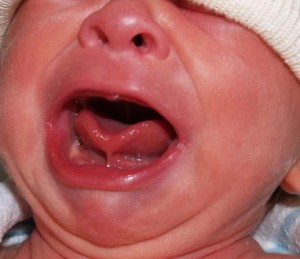


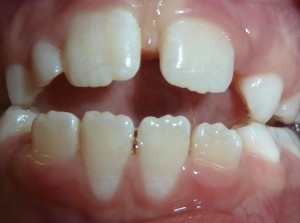
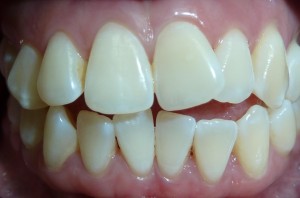
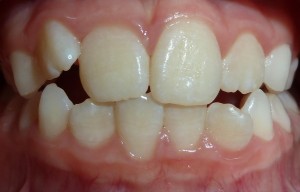
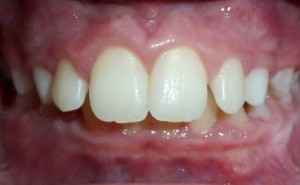
3 Comments
great article will share with my patients
Thank you Derek.
Hi Derek
It is synchronous that you commented on this today. We were given a copy of your book to borrow today as well! My husband Shalom Drimer was at your talk at DGE in Sydney and he is keen to get a copy of your book for our practice http://www.lightchiro.com.au. He said your talk was magnificent.